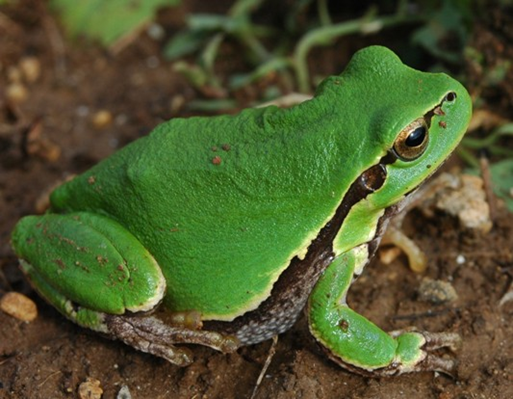 Mediterranean coastal habitats at the border of Greece and Albania. ©Zoltan Barina
Mediterranean coastal habitats at the border of Greece and Albania. ©Zoltan Barina
Biodiversity and Climate Change module
By the end of this course, you will have the knowledge, skills and competences in order to:
| Define biodiversity and list its key elements. |
| Explain what factors determine the distribution of biodiversity. |
| Identify biodiversity hotspots, summarising their criteria and distribution on Earth. |
| Define what a species is. |
| Differentiate the principle methods of taxonomy and systematics. |
| List the type of relationships between organisms. |
| Explain trophic pyramids and foodwebs. |
| Describe how large scale or local ecological processes maintain diversity. |
| Argue for the importance of scientific collections. |
| Explain how organisms may affect human health. |
| Relate biodiversity to the many ways it underlies economic activities. |
| Evaluate how ecosystem services contribute to all levels of the economy. |
| Identify the main causes of biodiversity loss. |
| Define climate change and list the factors causing it. |
| Explain how climate change drives range shifts of organisms, causes extinctions or re-colonisations. |
| Illustrate the ways biota reacts to climate change, using the Pleistocene glaciations and the subsequent Holocene warming and climatic stability as an example. |
 European tree frog (Hyla arborea) ©Gergely Babocsay
European tree frog (Hyla arborea) ©Gergely Babocsay
Herpetofauna module
By the end of this course, you will have the knowledge, skills and competences in order to:
| Illustrate the richness of the amphibian and reptile fauna of the world. |
| Identify the main inventions amphibians and reptiles made over the course of evolution. |
| List the main groups and most common species of the European herpetofauna and explain their distribution in the light of past climate changes. |
| Give examples of adaptations of amphibians and reptiles to a wide range of environments. |
| Recognise the many possibilities the herpetofauna offers in addressing questions in an array of disciplines. |
| Illustrate how the herpetofauna copes or coped with the environmental changes imposed by recent and today’s changes in climate. |
| Specify the threatening factors for amphibians and reptiles and describe how they cause decline of the populations. |
| Give examples on how climate change threatens amphibians and reptiles. |
| Exemplify what species of the herpetofauna can give us in the future. |
 Showy medinilla (Medinilla magnifica) ©Zoltan Barina
Showy medinilla (Medinilla magnifica) ©Zoltan Barina
Medicinal Plants module
By the end of this course, you will have the knowledge, skills and competences in order to:
| Illustrate the richness of the world flora. |
| Describe how adaptations of plants determine the dispersal and distribution of plants. |
| Illustrate how plants react to climate change. |
| List the way plants are useful for humans. |
| Give examples of plants responding to a wide range of environments. |
| Illustrate the changes of flora in the Anthropocene. |
| List the factors threatening the diversity of plants. |
| Outline that many plant species in our environment have medicinal properties. |
